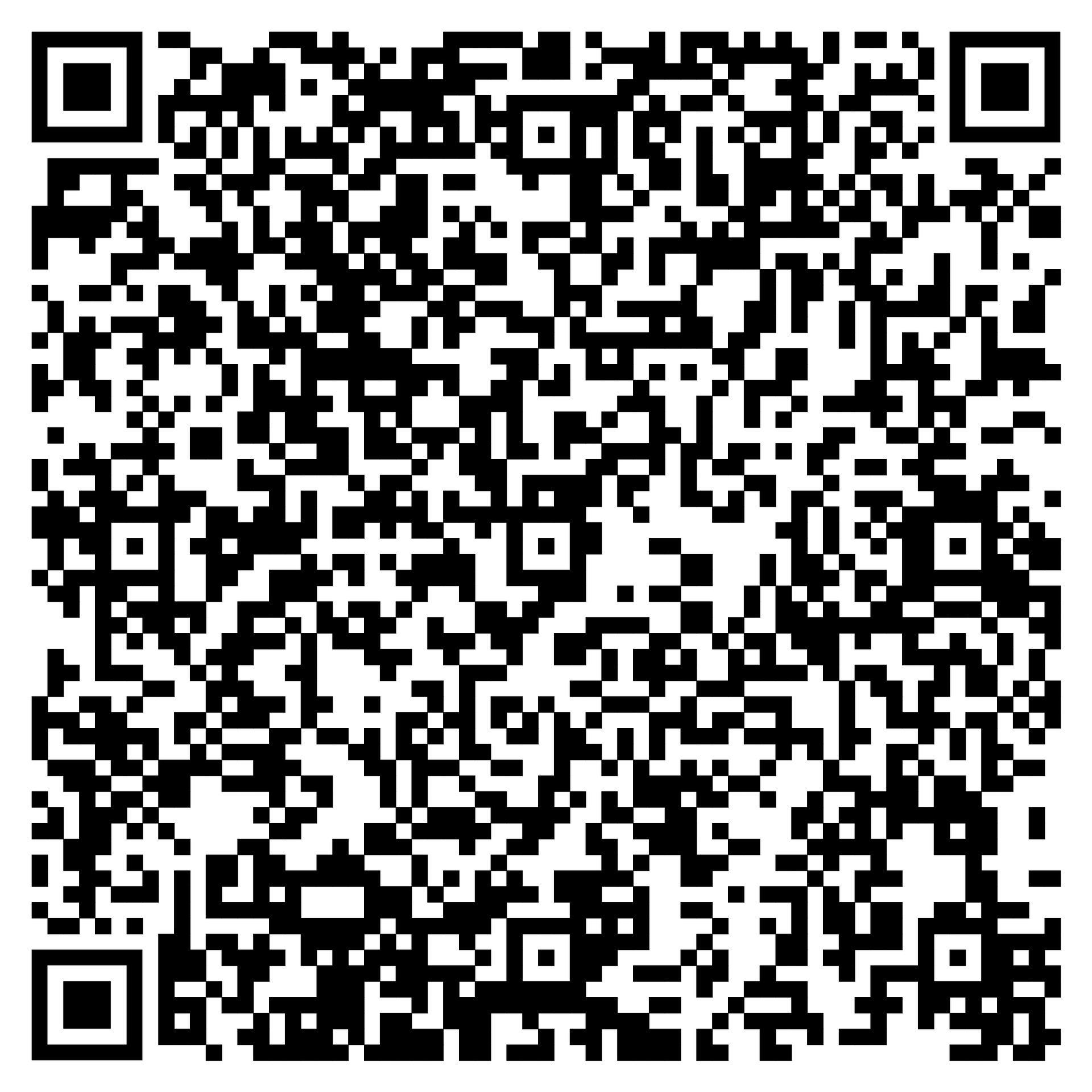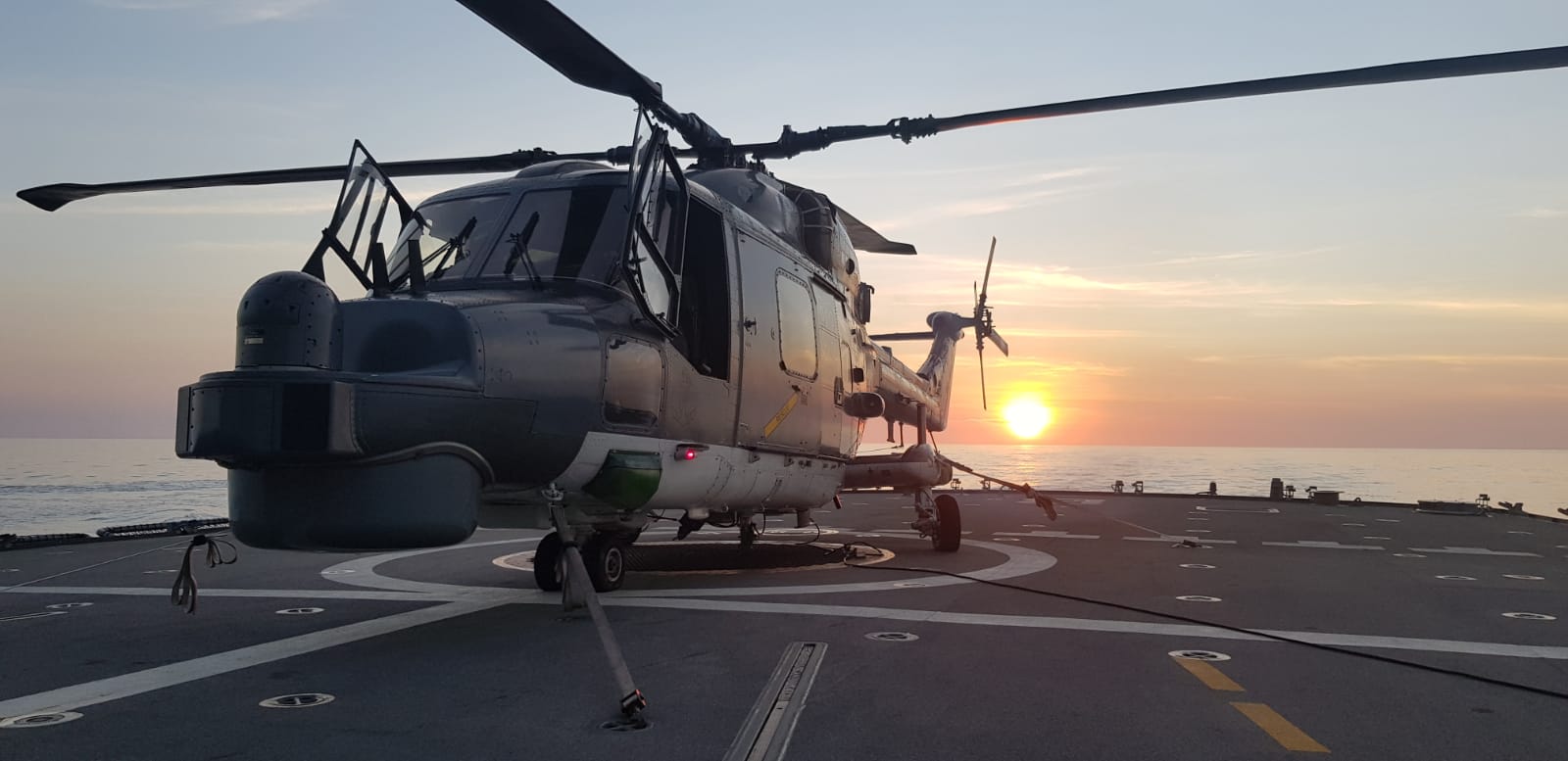Teamwork, leadership and trust......three things which are indivisible
It's night, the waves below us are a good 4 meters high, the rain is literally whipping against the cockpit windows, so that the wipers become completely useless. At an altitude of 100 feet (almost 30 meters) above the water surface, we fly towards the mission. Somewhere at sea on the planet. There are three of us, the standard crew for an operation of this kind. Three people, each with our own values, with our own trust values, yes, and also with our own fears. And yet above all of this there is a common frame of reference, a common goal, the mission. The details of the mission are irrelevant. The situation is crucial. We don't know exactly what to expect, we're unsure. And yet there is no restlessness, no hectic pace, no hesitation. Collaboration in the cockpit is in the deep blue area of systems theory, knowledge matters. Well-engineered processes – checklists and internalized procedures – relieve us of a lot of coordination and communication. We face the surprises of a mission with creativity and intuition - welcome to the red world of the cockpit. In this "system" we are one, relying on one another and having the deepest trust in each other in the crew. And although we "cross-check" there is neither time nor space to check everything and everyone down to the smallest detail. We are forced to trust each other.
There, on the horizon, a shadowy ship can be seen. Barely lit, the hull seems to be fighting its way through the stormy sea. With a swell of 4 meters, the bow of the ship comes a good 8 meters out of the water.
That's our target. The assignment, the mission, rescue an injured person and return to our mother ship for medical treatment.
Arriving at the ship, a medium-sized trawler, the next processes start, the procedures as we call them in aviation, the preparations to get the injured person from the ship to us on board with a rescue winch. A serious undertaking even under good conditions. But at night, heavy seas and an injured person in the stretcher, this situation becomes a thriller. And yet there is no nervousness, no hectic pace, no hesitation. Each of us knows what to do, everyone knows his and her task. There is no time and no space to control everything and everyone, we are forced to trust each other. Each movement practiced a thousand times, rolls into the next. An interplay of three individuals, brought together with one mission, one ambition.
The helicopter struggles with the elements, the pilot on the right literally has his hands and feet full keeping the machine hovering to the left of the trawler while the operator - that's what we call the person who operates the rescue hoist - gets the winch ready and then “talks” to the pilot. Talking means that since the pilot himself has hardly any view of the trawler, which is standing diagonally below him, the operator must introduce the pilot by voice in such a way that the machine remains hovering over the trawler. And to do so until the injured person is in the stretcher. Depending on the practice of the ship's crew, this can take a while. Not to forget, we still have 4 meters of sea. The ship pitches up and down. Meanwhile, the left pilot continuously checks the helicopter's operating parameters, oil temperatures, gearbox temperatures, engine performance, etc... and most importantly, the environment around the helicopter. As far as this is possible under these conditions. And yet there is an impressive calm in the cockpit, no hectic, automated movements are carried out. There is a lot of communication, but not much talking. It's reduced to the essentials.
We take care of each other. There is an atmosphere imbued with professionalism and trust. Everyone has a role, a task. No role, no task is duplicated. Everything is based on knowledge, ability and trust.
The injured person is finally in the cabin with us and we slowly move away from the trawler. The story isn't over yet. We still have to find our mothership in the stormy sea and land safely on it. We are already 1 hour away. The fuel is enough for a little over 2 hours. Now it depends on the left pilot. He is responsible for navigation, radar and radio. Is the ship where it should be? What if not? How long does the fuel last again? Where can we refuel? Is the ship where it should be?
Another 30 minutes of flight go by, the first contact with the mother ship. They steam towards us.
We are directed by the ship controller. From now on he tells us how to fly. Another player in the close network of cooperation. Altitude, speed, course, all under his directive. There is no rush, no unrest, we have to trust each other.
The sea is still heavy and the boat - that's what we call our ship among us aviators - pitches heavily through the sea. The stern comes dangerously far out of the water. So that's where we're supposed to land?! Trained hundreds of times...let's go!
And then we're next to the ship, next to the flight deck, on the left. The right pilot keeps the machine hovering next to the deck and waits for the flight deck officer to visually instruct him. The flight deck officer is the one who watches the movement of the ship on the flight deck and waves to the pilots at the precise moment the ship is steady in the water. He's the only one who can fully assess the entire situation of the ship's movements. Only the signals of the FDO - Flight Deck Officer - count in cooperation with the right pilot. The fifth player in the collaboration. And there is no rush, no unrest, we trust each other.
After a few minutes of battling with the elements, the helicopter is safe on deck and with it we are safe on deck. And the injured person can finally go to the medics for the necessary treatment.
We shut down the engines, pack our gear and get out. Our work is done.
Relief sets in and there is hearty laughter for the first time in several hours. Good things have been done! Mission completed!
And the moral of the story? The takeaway?
Teamwork in an extreme situation, admittedly. But the principles of good teamwork are the same everywhere. There is a lot that can be dispensed with in teamwork but not trust. Trust is the basis of every good and successful cooperation. We are not all the same, we all have our characteristics, our flaws but one thing we must have in teamwork is trust. Without this trust we would not have been able to achieve this type of cooperation. We would have endangered ourselves through the lack of trust, since there was simply no room for distrust and micro-management. Mutual care was there to protect us, to take care of each other. But mistrust and control were out of place.
In 20 years as a naval aviator flying helicopters I have learned one thing if nothing else……in leadership and teamwork everything may be dispensable but not trust……
That I have made as one of my principles in leadership coaching……trust based leadership and teamwork is vital.
.



